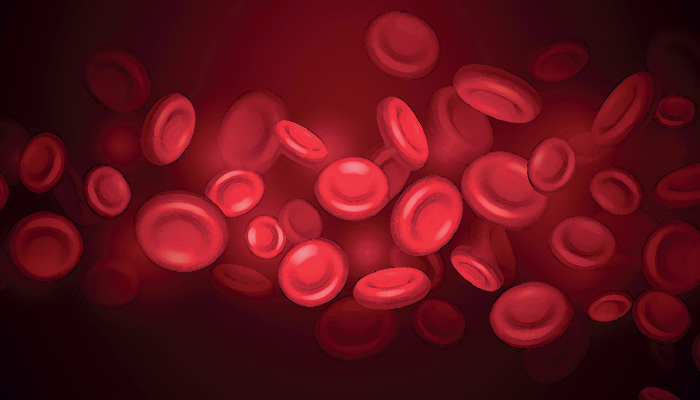
Original image from Shutterstock.com
Age-related macular degeneration (AMD) can be challenging to diagnose in its early stages – with a reliance on imaging techniques that is not always effective. Now, researchers of a Journal of Advanced Research study have outlined a new approach for identifying and tracking blood-based metabolic biomarkers for AMD.
Using a multicenter cohort study design, involving 547 participants, and a mass spectrometry-based metabolomic workflow combined with machine learning techniques, the team uncovered three metabolites – hypoxanthine, 2-furoylglycine, and 1-hexadecyl-2-azelaoyl-sn-glycero-3-phosphocholine – that were strongly associated with AMD’s onset, severity, and progression.
The resulting three-biomarker panel demonstrated excellent accuracy in distinguishing AMD patients from healthy controls and individuals with other eye diseases. The study also highlighted that these biomarkers are stable in repeated tests and can withstand multiple freeze-thaw cycles without demonstrating any decrease in their levels, making them reliable candidates for clinical use.
The biomarkers also provided the researchers with insights into the AMD’s severity, allowing them to classify the disease into early, intermediate, and advanced stages, in accordance with the classification system used by the Age-Related Eye Disease Study (AREDS).
According to the authors, “This study reveals distinct metabolite variations in the serum of AMD patients, paving the way for the development of the first routine laboratory test for AMD.”
